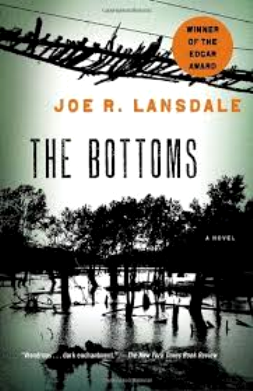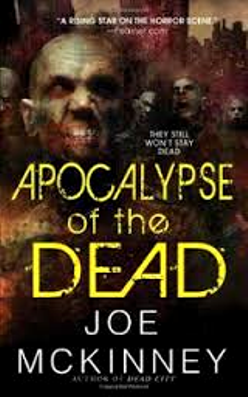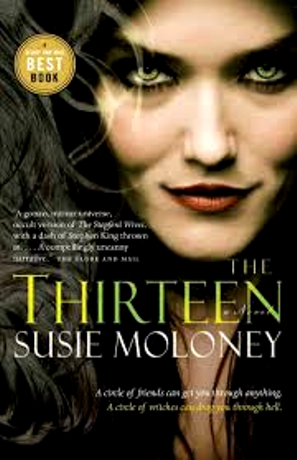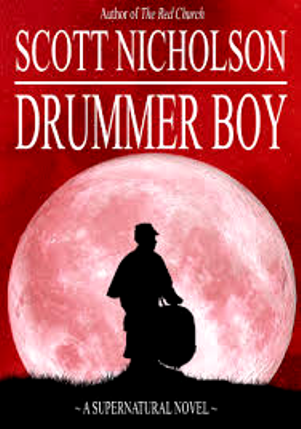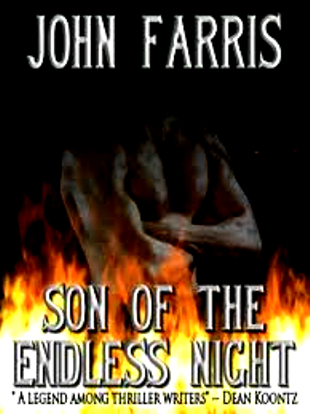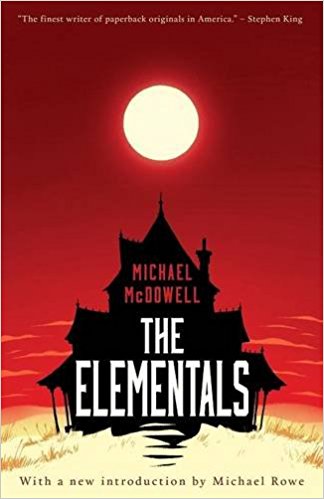
DEFINING
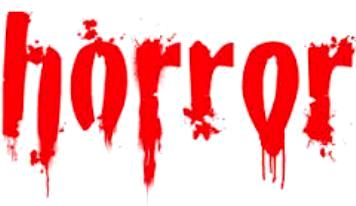
The editor celebrates 8 years of The Horror Zine
Jeani Rector Defines Horror
IN THE "SPECIAL PAGE" ARCHIVES:
Brent Monahan
Joe R. Lansdale
Owen King
Dacre Stoker
Piers Anthony
Simon Clark
Lisa Morton

DEFINING HORROR
by Jeani Rector
“What’s a nice girl like you doing editing and writing horror?”
This is the reaction from some when I explain what I do. The concept of horror has unfortunately been stereotyped for many people by slasher and gore films.
I am not saying that slasher and gore are not horror. I am saying that slasher and gore are only one sub-genre of horror.
So let’s ask: What is horror?
People are attracted to horror books and films because it is similar to riding a roller-coaster: you get excitement and thrills, yet you know deep down that you will land safely because it is all pretend. Horror is fun without consequences.
There is something visceral and ingrained in people to seek out the morbidly fascinating. Reading a horror story or watching a film often makes us more appreciative of our own calm existence after vicariously experiencing a protagonist’s fears.
According to Glenn Sparks, Ph.D, a professor and associate head of the Brian Lamb School of Communication at Purdue University: One reason for the appeal is how you feel after the movie or book. This is called the excitation transfer process. Sparks’s research found that when people watch frightening films, their heart rate, blood pressure and respiration increases.
“After the film is over, this physiological arousal lingers,” Sparks said. “That means that any positive emotions you experience—like having fun with friends—are intensified. Instead of focusing on the fright you felt during the film, you recall having a great time. And you’ll want to come back for more.” [1]
A misconception about horror is that some people erroneously equate it with Satanism. While there are books and films that contain the concepts of Heaven and Hell (think Blatty’s The Exorcist), in no way do you see the horror genre promoting or endorsing devil worship. In fact, most of the time, good triumphs over evil in the end (think Stephen King’s The Stand).
How did horror get its start?
Filmmakeriq.com states: “Monsters, murderers, demons and beasts have been around since antiquity, and ghost stories have been told round camp fires since we learned how to talk. But the roots of filmed horror were an extension of a genre of literature that got its start in the late 1700s: Gothic Horror. Developed by writers in both Great Britain and the United States, the Gothic part of the name refers to pseudo medieval buildings that these stories took place—think of an old castle on a dark and stormy night—gloomy forests, dungeons and secret passage ways.” [2]
A good place to learn about how the horror genre came into being is the film A History of Horror (also known as A History of Horror with Mark Gatiss), a 2010 three-part documentary series made for the BBC by British writer and actor Mark Gatiss. It is a personal exploration of the history of horror film, inspired by Gatiss’ lifelong enthusiasm for the genre.
Horror is a genre in fiction, yet it comes with many sub-genres.
Here are my preferred sub-genres of horror:
Ghost: This is one of my favorites. Ghost stories depend upon atmosphere. Often in a film, the ghost is never seen, but is replaced by tension. (Drummer Boy by Scott Nicholson or The Haunting of Hill House by Shirley Jackson)
Monster: Another favorite. The monster can be made to be sympathetic or evil. The Bride of Frankenstein is a perfect example of a sympathetic monster. In my opinion, it takes more talent to make a monster sympathetic than evil. (Jurrassic Park by Michael Crichton, Jaws by Peter Benchley, and of course Frankenstein by Mary Shelley)
Alien: Horror marries sci-fi. (The Martian Chronicles by Ray Bradbury or the film Alien)
Zombies: Used to be part of the monster sub-genre, but are now so popular, they have their own category. Same with vampires. (Zombies: anything by Joe McKinney...Vampires: anything by Simon Clark)
Psychological: Often contains the element of surprise. When done well, this category is very effective in the tension and suspense elements. (Silence of the Lambs by Thomas Harris or Shutter Island by Dennis Lehane)
The above sub-genres are why a nice girl like me does what I do. These categories take talent to create good character development and an effective plot-line. They do not rely on shock but require an actual story.
Here are other sub-genres that are NOT my favorites but are popular nonetheless:
Splatter-punk: Gore, gore, gore, and hardcore, hardcore, hardcore. Does not rely on plot, but on shock.
Killer: Lots of stalking and usually revolves around a female victim.
Slasher: Like splatter-punk but without the hardcore. Slasher often revolves around teenage victims and doesn’t need a plot, which is why they can re-make Friday the 13th ten billion times.
What writers can be considered today’s “masters of the macabre?”
Ranker.cm includes Ramsey Campbell, Clive Barker, James Herbert, Richard Matheson, and Robert McCammon in their list of the best horror authors. [3]
While those names certainly are deserving of this honor (especially Ramsey Campbell), I would like to include some more horror masters:
Joe R. Lansdale: Mr. Mojo writes in a folksy, southern voice that makes you comfortable before he bites you with surprises. My favorites are The Bottoms and Lost Echoes.
Joe McKinney: McKinney is becoming the reigning King of the Zombies. Don’t miss his Dead World series.
Scott Nicholson: Just as McKinney is King of Zombies, Scott Nicholson is King of Ghosts. I loved his authentic Drummer Boy and let’s not forget his best-selling The Red Church.
John Farris: Oh my god, you have to read Son of the Endless Night. Talk about good versus evil. This one is probably the scariest book I have ever read. It is a mixture of demons and psychological terror.
Susie Moloney: No one does character development better than Susie Moloney. Her characters feel like your neighbors, or worse, your own family. Try The Dwelling, A Dry Spell, or if you like witches, The Thirteen.
Bentley Little: The beauty of Bentley is that he takes average people and thrusts them into not-so-average situations. That makes the reader think, “This could happen to me.” I like his The Association and The Haunted.
Michael McDowell: I just discovered this author. The Elements is a must-read. A great ghost story.
Stephen King: Well, of course, I have to include the King of Everything. I grew up on Stephen King. Favs are The Stand and Salem’s Lot. I will always prefer early King over his later stuff.
Don't forget the Women in Horror: Lisa Morton, Elizabeth Massie, Tamara Thorne, Sarah Langan, Nancy Kilpatrick, Sarah Pinborough, P.D. Cacek, and more.
So there you have it: why a girl like me edits and writes horror like that.
[1] http://www.glenngsparks.com/spark/welcome-2/
[2] http://filmmakeriq.com/lessons/a-brief-history-of-horror/
[3] http://www.ranker.com/crowdranked-list/best-horror-novelists
